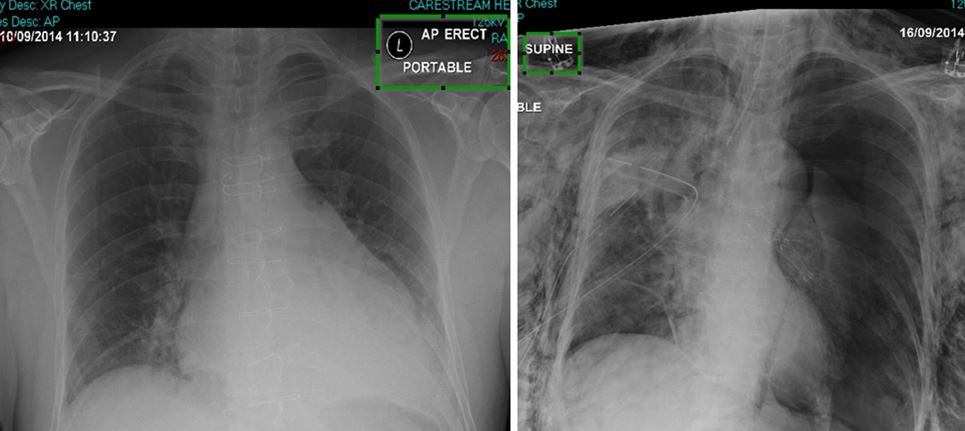

Thus, there is less radiation per pixel and the image would be too dark. If we increase the magnification, that means a given amount of anatomy is spread In the case of now-obsolete film, the speed of the film.) This is in order to ensure good signal-to-noise in the image. (This amount depends on the type of detector and, Generally, we need a certain amount of radiation (exposure) to reach each point on the x-ray detector. Alternatively, as the OID is increased,ĭose. If you imagine how the x-ray rays become more parallel as the source is moved farther and farther off. Increasing SOD similarly decreases magnification. Similarly, parallax, which means how objects at differentĭepths in the patient are skewed on the image, also decreases. Magnification measures how much bigger the picture appears on the detector,Īs the patient is brought closer to the detector (decrease OID), magnification decreases. The green (small) and blue (large) triangles are similar. Of moving the patient and detector can be seen by the method of similar triangles. Object represents the patient) object-image distance (OID, where the image is the detector) and source-image distance (SID). Three terms are used to describe positioning: source-object distance (SOD, where the Magnification and field of view (see simulation above). Similar to a lens in photography, where the patient is positioned relative to the source and detetor changes
Exposure x ray skin#
Many fluoroscopy units report K ar, which provides a metric for the entrance skin dose and thus likelihood of deterministic effects (e.g. Therefore, dose is a better measure of deterministic effects and dose-area product is a better measure of stochastic effects.
Exposure x ray Patch#
The total dose to a particular patch of skin stochastic effects are best related to the total amount of radiation deposited in the body. Deterministic effects are thus best measured by StochasticĮffects can occur (randomly) with very small doses, and even one cell can turn cancerous. Importantly,ĭeterministic effects relate directly to the amount of radiation a single cell receives these require a large dose to become apparent. Stochastic effects relate to genetic damage of cells that can lead to cancer down the line. Deterministic effects relate to direct killing of cells by radiation and include (at relevant doses) skin erythema,ĭepilation, and ulceration/necrosis. What measure is most relevant? There are two types of adverse consequences of radiation: the deterministic and the Radiation this is often used when describing factors related to the image receptor. Finally, exposure represents the electric charge created in a tissue or the detector from Kerma in airĬan be converted to dose of soft tissue using lookup tables.

This represents the most common position of the table (and thus the skin on the patient's back). Source (which typically lies below the table). The interventional reference point is a point along the beam 15 cm towards the x-ray Reference point,' often abbreviated as K ar. Many fluoroscopy units, especially those used for interventional procedures, will report an air kerma at the 'interventional Thus, the unit may report an air kerma and Stands for Kinetic energy released in matter (specifically, air). In fluoroscopy, often for ease of measurement, instead of measuring dose in tissue, the machine can measure the air kerma which In radiography, we can take this into account by multiplying the dose by the area irradiated to get a dose-area In CT, we take this into account by multiplying the CTDI by the length of the scan to obtain a dose-length Is energy per unit mass, depositing 1 Joule of energy in a 1 kg foot is the same dose as depositing 15 J to the abdomen, which weighs about 15 kg. Of energy deposited in tissue from (any type of) radiation per mass of tissue, and is measured in J/kg = Gray (Gy). It's probably worthwhile to start with a brief overview of what dose means and why we measure it. If your browserĭoes not support Java, use the Presets to see examples of how the detector setup and image change. Detector resolutions are ballpark figures taken from the literature for CR, DR, or fluoroscopy systems. Note that it does not take into account factors such as kV, filtering, anti-scatter grid, patient thickness, This simulation illustrates the effects of changing various settings on a fluoroscopy or radiography (x-ray) system on image qualityĪnd patient dose. Dose | Geometry | Electronic Magnification | Go Home


 0 kommentar(er)
0 kommentar(er)
